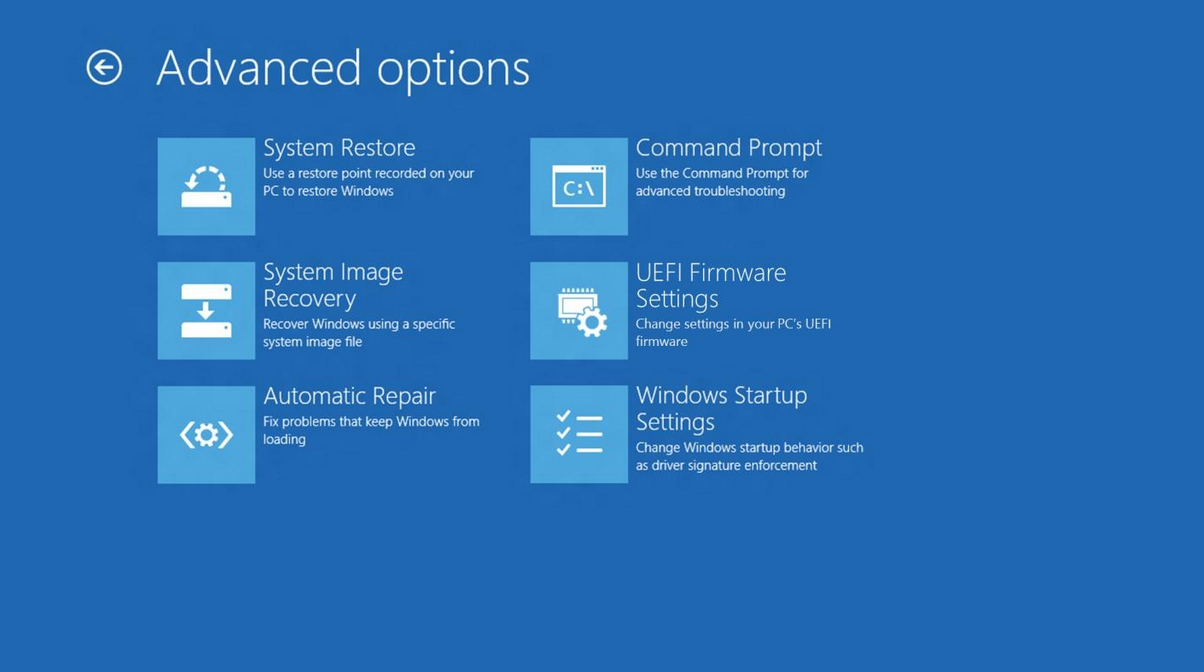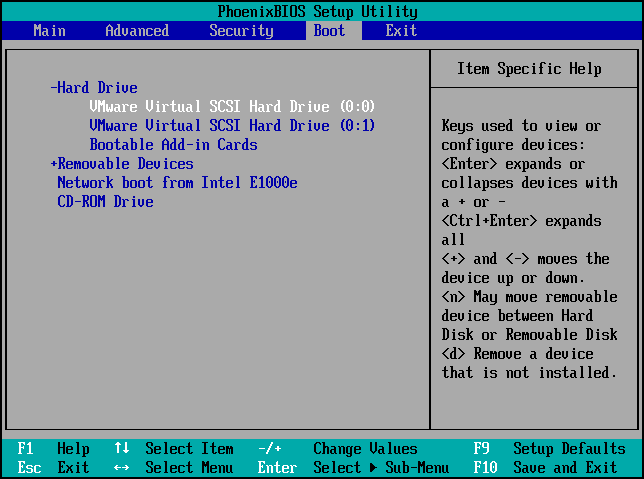now mind you, I am in windows, i hit restart, then hit del, tell the bios to boot from USB, and then save and exit. When it goes to boot from the USB i get an error
BOOTMGR IS MISSING
CTR+ALT+DEL to restart
tried 3 or 4 times, same error almost instant, go back into bios, change back to my HD as primary boot device, and then can get right back into windows error free.
So, i believe I may have did something wrong with creating the USB drive? Should there be a bootMGR on the usb thumb drive? Ultimately what I want, is when i boot up my PC it give me the option to boot into XP/7/10.
Original Title: installation windows 8.1 unfortunately i formated c:drive now i want to isntall windows 8.1 from usb my screen is showing BOOTMGR is missing. BOOTMGR is missing - Microsoft Community. Jul 20, 2020 To fix BOOTMGR is missing in Windows 7 without CD, you can create a bootable USB from ISO and then boot the PC from the USB drive to enter the Windows Recovery Environment. Click the Repair your computer option after selecting your language, time and keyboard method. The boot error “BOOTMGR is Missing” in Windows The BOOTMGR error can be caused by many things, including boot sector viruses, failed Windows installs or updates or crashed hard disks. A very common reason for your PC to fail loading and displaying this error is when it tries to boot from a hard or flash drive that is non-bootable. Want to know how to fix corrupted NTLDR errors without an install disc? So easy, in fact, that this home-computing how-to from the folks at Britec can present a complete overview of the process in just under five minutes. For more information, including step-by-step instructions, take a look.

Quick Navigation :
What Is Windows Boot Manager
Windows Boot Manager(BOOTMGR), a small piece of software, is loaded from the volume boot code that is a part of the volume boot record. It enables you to boot Windows 10/8/7 or Windows Vista operating system. Besides, MiniTool will offer more information to you.
Bootmgr Is Missing Xp Usb Installation Program For Windows 7
The configuration data that BOOTMGR requires can be found in the Boot Configuration Data (BCD) store, which is a registry-like database. The database replaces the boot.ini file used in old Windows versions like Windows XP.
The BOOTMGR file itself is both read-only and hidden, which is located in the root directory of the partition. It is marked as “Active” in Disk Management. In most Windows PCs, this partition is labelled as “System Reserved” without hard drive letter.
If there’s no the “System Reserved” partition, probably the BOOTMGR is located on the primary hard drive (in most cases it’s C drive). The boot manager will execute winload.exe, which is the system loader that is used to continue the Windows boot process.
How to Enable/Disable Windows 10 Boot Manager
Based on the above description, you can know that Windows boot manager Windows 10 is beneficial to your computer. Additionally, if you have multiple operating systems, you can choose the target operating system and enable Windows Manager when booting your computer.
However, as it can unnecessarily slow down the boot process when it waits to ask you which operating system to boot to, you may want to disable it.
Actually, you are unable to delete Windows boot manager. What you can do is to reduce the time that it waits on the screen for your answer which operating system you would like to start. You can utilize the given methods to enable/disable Windows 10 boot manager.

Method 1: Utilize Command Prompt
To enable/disable BOOTMGR via Command Prompt, you need to have administrator privilege to perform. If you don’t have this access, it is suggested that you use Renee PassNow to create one before following the steps below.
Step 1: Type cmd in the search box, and then right click Command Prompt and choose Run as administrator.
Bootmgr Is Missing Xp
Step 2: Type the following commands in the Prompt and hit the Enter key after typing each one command.
- bcdedit / set {bootmgr} displaybootmenu yes
- bcdedit / set {bootmgr} timeout 30

Step 3: If you want to disable Windows Boot Manager, you need to type bcdedit / set {bootmgr} timeout 0 and hit Enter.
You can also use the bcdedit / set {bootmgr} displaybootmenu no command to disable BOOTMGR, but by doing so you cannot use the Method 2.
:max_bytes(150000):strip_icc()/003_windows-boot-manager-bootmgr-2625813-5bf31eb146e0fb00513ffbfe.jpg)
Method 2: Change System Properties
Alternatively, you can change system properties to enable or disable Windows Boot Manager. Here are steps for you.
Step 1: Open the Run dialog window by pressing Win plus R keys.
Step 2: Type sysdm.cpl and click OK to continue.
Step 3: When the System Properties window pops up, choose the Advanced option. Then click on the Settings under the Startup and Recovery option.
Step 4: In the pop-up window, select the Time to display list of operating systems box and set the time value. After that, click OK to save the changes.
Step 5: If you want to disable BOOTMGR, cancel Time to display list of operating systems box or set the time value as 0 and click OK to finish the operation.
Extra Information about BootMGR
The common boot error in Windows is the BOOTMGR is missing error. The Boot Configuration Data store is safer than the boot options in previous. That is because it enables users who are in Administrator group to lock the BCD store partition and gives some rights to other users to decide which ones can manage boot options.
Only if you are in the Administrators group, you can edit the boot options in Windows Vista and more advanced Windows versions utilizing BCDEdit.exetool included in those versions of Windows. On the contrary, if you're using older versions of Windows, use the Bootcfg and NvrBoottools instead.



